- Follow Us
Scientific Publications
High-profile publications featuring CDI Labs next-gen proteomics technologies and services
354 Total Publications
Refine Your Search
Publication Details
- Date
- Link
- + Abstract

Wiley
- Main Product: HuProt
- Detection of Anti-Cytokine Autoantibodies and Clinical Applications
- Serena J. Lee, Eszter Toth, Lindsey B. Rosen, Sarah K. Browne, Steven M. Holland
- n/a
Anticytokine autoantibodies are an emerging mechanism of disease pathogenesis that have been shown to elicit a broad range of clinical phenotypes. Once an autoantibody is identified, evaluation for biological activity is paramount, since anticytokine autoantibodies occur extensively in health and disease without clear consequences. In Luciferase Immunoprecipitation Systems technique, the cytokine itself is made to fluoresce by fusing the gene for the cytokine of interest to the Renilla luciferase gene.
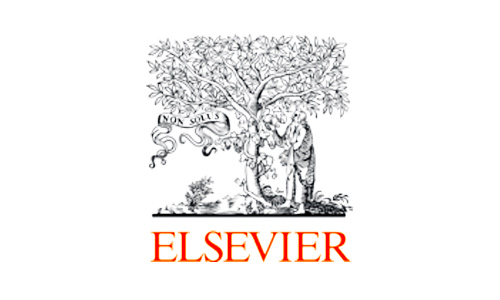
Elsevier - Phytomedicine
- Main Product: HuProt
- Oleic Acid Regulates CD4+ T Cells Differentiation Through ODC1-Mediated STAT5A Phosphorylation In Vogt-Koyanagi-Harada Disease
- Weiting Liao, Ruixue Hu, Yan Ji, Zhenyu Zhong, Xinyue Huang, Tao Cai, Chunjiang Zhou, Yao Wang, Zi Ye, Peizeng Yang
- Chongqing Medical University - Chongqing Key Laboratory of Ophthalmology
Background: Vogt-Koyanagi-Harada (VKH) is a multisystemic autoimmune disorder characterized by bilateral panuveitis frequently associated with neurologic, auditory and integumentary manifestations. Metabolic abnormality has been shown to contribute to inflammation and progression in this disease but mechanism remain elusive.
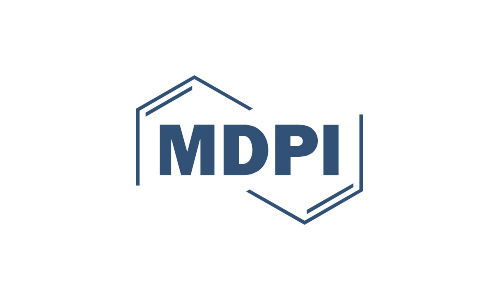
MDPI: Antibodies
- Main Product: HuScan
- Ocular Mucous Membrane Pemphigoid Demonstrates a Distinct Autoantibody Profile from Those of Other Autoimmune Blistering Diseases: A Preliminary Study
- Yingzi Liu, Lei Bao, Dharm Sodha, Jing Li, Adrian Mansini, Ali R. Djalilian, Xiaoguang Li, Hua Qian, Norito Ishii,...
- Dept of Developmental and Cell Biology, University of California Irvine
Ocular predominant mucous membrane pemphigoid (oMMP) is a severe subtype of autoimmune blistering disease (AIBD), which can result in scarring and vision loss. The diagnosis of oMMP is challenging as patients often have undetectable levels of circulating autoantibodies by conventional assays. Likewise, the principal autoantigen in oMMP has been an area of debate.
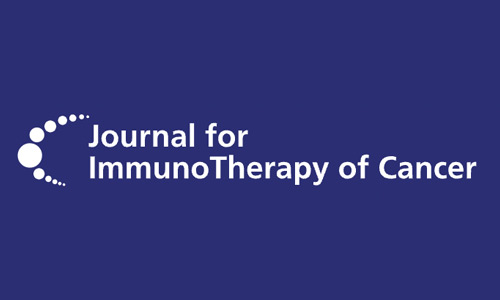
Journal for ImmunoTherapy of Cancer
- Main Product: HuProt
- Pan-isotype autoantibody seromics by proteome microarray
- Ignacio Pino, Pedro Ramos, Tyler Hulett
- CDI Labs
This report demonstrates that current technologies are able to observe multi-isotype subpopulations within proteome-wide autoantibody seromic profiles. Seromics, the high-throughput mapping and characterization of antigen reactivity from the totality of the secreted antibody repertoire in serum and bodily fluids, was first used in literature by Gnjatic et. al in 2010.1 According to a co-author of the study, this term was coined by none other than Lloyd Old. In the decade plus since that time, the role of B cell responses in cancer immunotherapy has been hotly debated – with data supporting both positive and negative patient outcomes.
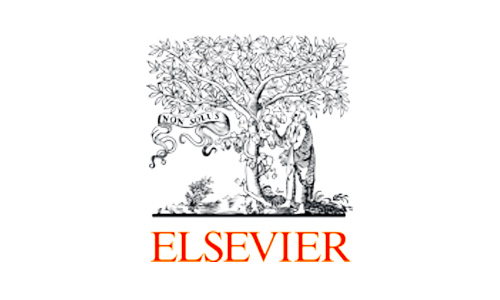
Elsevier - Phytomedicine
- Main Product: HuProt
- Paeoniflorin inhibited GSDMD to alleviate ANIT-induced cholestasis via pyroptosis signaling pathway
- Xiao Ma, Wenwen Zhang, Yuan Chen, Qichao Hu, Zexin Wang, Tao Jiang, Yi Zeng, Thomas Efferth
- School of Pharmacy, Chengdu University of Traditional Chinese Medicine
Cholestasis (CT) is a group of disorders caused by impaired production, secretion or excretion of bile. This may result in the deposition of bile components in the blood and liver, which in turn causes damage to liver cells and other tissues. If untreated, CT can progress to severe complications, including cirrhosis, liver failure, and potentially life-threatening conditions.
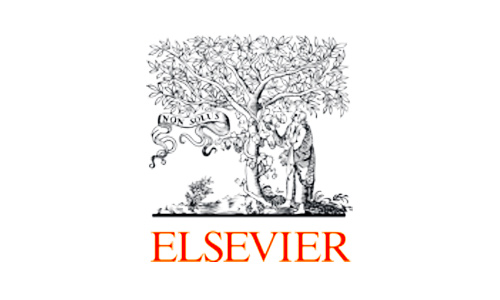
Elsevier - Redox Biology
- Main Product: HuProt
- Silibinin attenuates ferroptosis in acute kidney injury by targeting FTH1
- Yijian Deng, Liying Zeng, Huaxi Liu, Anna Zuo, Jie Zhou, Ying Yang, Yanting You, Xinghong Zhou, Baizhao Peng, Hanqi Lu,...
- Zhujiang Hospital, Southern Medical University
Acute kidney injury (AKI) is primarily caused by renal ischemia-reperfusion injury (IRI), which is one of the most prevalent triggers. Currently, preventive and therapeutic measures remain limited. Ferroptosis plays a significant role in the pathophysiological process of IRI-induced AKI and is considered a key target for improving its outcomes. Silibinin, a polyphenolic flavonoid, possesses diverse pharmacological properties and is widely used as an effective therapeutic agent for liver diseases. Recent studies have reported that silibinin may improves kidney diseases, though the underlying mechanism remain unclear. In this study, we investigated whether silibinin protects against IRI-induced AKI and explored its mechanism of action. Our findings indicated that pretreatment with silibinin alleviated renal dysfunction, pathological damage, and inflammation in IRI-AKI mice.
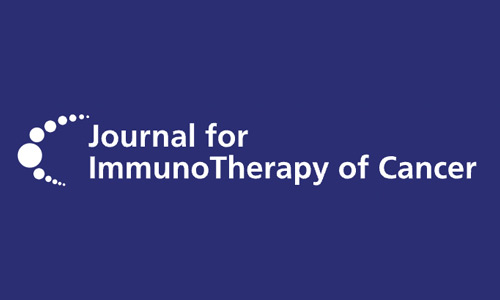
Journal for ImmunoTherapy of Cancer
- Main Product: VirScan
- Antecedent viral immunization and efficacy of immune checkpoint blockade: an extensive serum antibody profile to predict outcomes in non-small cell lung cancer
- Filippo G Dall’Olio, Wael Salem Zrafi, Quentin Blampey, Francois-Xavier Danlos, Matthieu Roulleaux-Dugage, Gabriel...
- Dept of Head and Neck Oncology, Gustave Roussy, Villejuif, France
Immune checkpoint blockers (ICBs) revolutionized the treatment of patients with advanced non-small cell lung cancer (NSCLC) but only a fraction of them obtain a response, and clinical benefit from these treatments is often difficult to predict. The aim of our study is to unveil the potential implications of antibody response to previous viral infections in predicting response to ICBs in patients with NSCLC.

Science Advances
- Main Product: HuProt
- Toxoplasma gondii macrophage migration inhibitory factor shows anti–Mycobacterium tuberculosis potential via AZIN1/STAT1 interaction
- Chanjin Yoon, Hyo Keun Kim, Yu Seong Ham, Woo Jin Gil, Seok-Jun Mun, Euni Cho, Jae-Min Yuk and Chul-Su Yang
- Dept of Molecular and Life Science, Hanyang University
Mycobacterium tuberculosis (MTB) is a pathogenic bacterium, belonging to the family Mycobacteriaceae, that causes tuberculosis (TB). Toxoplasma gondii macrophage migration inhibitory factor (TgMIF), a protein homolog of macrophage migration inhibitory factor, has been explored for its potential to modulate immune responses during MTB infections. We observed that TgMIF that interacts with CD74, antizyme inhibitor 1 (AZIN1), and signal transducer and activator of transcription 1 (STAT1) modulates endocytosis, restoration of mitochondrial function, and macrophage polarization, respectively.

Rheumatology
- Main Product: VirScan
- Anti-peptide antibodies, anti-SNRK and anti-HUWE1 antibodies as potential predictors of good response to tofacitinib therapy in rheumatoid arthritis patients
- Po-Ku Chen, Yi-Ming Chen, Jeremy J W Chen, Der-Yuan Chen
- Rheumatology and Immunology Center, China Medical University Hospital
To maximize the cost-effectiveness of tofacitinib, one of the Janus kinase inhibitors, there is an unmet need to identify predictors of therapeutic response. Utilizing phage immunoprecipitation sequencing (PhIP-Seq), we aim to identify peptide biomarkers for predicting good response to tofacitinib in rheumatoid arthritis (RA) patients.

Acta Pharmacologica Sinica
- Main Product: HuProt
- A derivative of tanshinone IIA and salviadione, 15a, inhibits inflammation and alleviates DSS-induced colitis in mice by direct binding and inhibition of RIPK2
- Cheng-hong Hu, Yue Chen, Tian-yang Jin, Zhe Wang, Bo Jin, Jing Liao, Chun-yong Ding, Ao Zhang, Wei-yang Tang, Ling-xi...
- School of Pharmacy, Hangzhou Normal University
Inflammatory bowel diseases (IBDs) are chronic inflammatory conditions primarily affecting the gastrointestinal tract. Previous studies established the role of the NF-κB signaling pathway in the development of IBDs, suggesting that anti-inflammatory therapies might offer a viable treatment strategy. Tanshinone IIA and salviadione, both derived from Salviae Miltiorrhizae Radix et Rhizoma, possess anti-inflammatory and anti-oxidative activities. A series of new compounds were synthesized by hybridizing salviadione with tanshinone.